Filter by

Lonely Ideas: Can Russia Compete?
When have you gone into an electronics store, picked up a desirable gadget, and found that it was labeled "Made in Russia"? Probably never. Russia, despite its epic intellectual achievements in music, literature, art, and pure science, is a negligible presence in world technology. Despite its current leaders' ambitions to create a knowledge economy, Russia is economically dependent on gas and o…
- Edition
- -
- ISBN/ISSN
- 9781461942979
- Collation
- 1 online resource (xi, 204 pages)
- Series Title
- -
- Call Number
- -

Beyond Imported Magic: Essays on Science, Technology, and Society in Latin Am…
The essays in this volume study the creation, adaptation, and use of science and technology in Latin America. They challenge the view that scientific ideas and technology travel unchanged from the global North to the global South - the view of technology as 'imported magic'. They describe not only alternate pathways for innovation, invention, and discovery but also how ideas and technologies ci…
- Edition
- -
- ISBN/ISSN
- 9780262325509
- Collation
- 1 online resource (xiii, 296 pages).
- Series Title
- -
- Call Number
- -

Screen Ecologies: Art, Media, and the Environment in the Asia-Pacific Region
Images of environmental disaster and degradation have become part of our everyday media diet. This visual culture focusing on environmental deterioration represents a wider recognition of the political, economic, and cultural forces that are responsible for our ongoing environmental crisis. And yet efforts to raise awareness about environmental issues through digital and visual media are riddle…
- Edition
- -
- ISBN/ISSN
- 9780262334013
- Collation
- 1 online resource (vii, 210 pages) :illustrations.
- Series Title
- -
- Call Number
- -

Biopolitical Screens: Image, Power, and the Neoliberal Brain
"In Biopolitical Screens, Pasi V?aliaho charts and conceptualizes the imagery that composes our affective and conceptual reality under twenty-first-century capitalism. V?aliaho investigates the role screen media play in the networks that today harness human minds and bodies--the ways that images animated on console game platforms, virtual reality technologies, and computer screens capture human…
- Edition
- -
- ISBN/ISSN
- 9780262324533
- Collation
- 1 online resource.
- Series Title
- -
- Call Number
- -
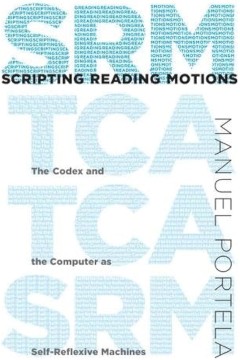
Scripting Reading Motions: The Codex and the Computer as Self-Reflexive Machines
An exploration of what experimental literature in both print and programmable media tells us about the act of reading.In Scripting Reading Motions, Manuel Portela explores the expressive use of book forms and programmable media in experimental works of both print and electronic literature and finds a self-conscious play with the dynamics of reading and writing. Portela examines a series of prin…
- Edition
- -
- ISBN/ISSN
- 9781461943303
- Collation
- 1 online resource (ix, 410 pages) :illustrations
- Series Title
- -
- Call Number
- -
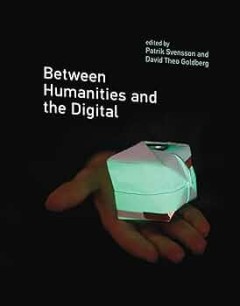
Between Humanities and the Digital
"Like most academic discourses, the Digital Humanities are a conversation in flux. Some would argue that the Digital Humanities are already a well-established field, pointing to the 20-year history of Humanities Computing. Others (me) see a new breed of academic with skills in both technology and the traditional humanities (the Platform Studies and Software Studies series), while others might i…
- Edition
- -
- ISBN/ISSN
- 9780262328364
- Collation
- 1 online resource (xii, 574 pages) :illustrations
- Series Title
- -
- Call Number
- -
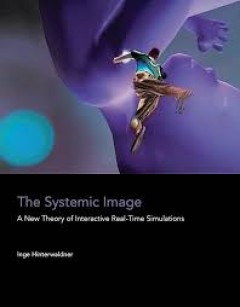
The Systemic Image: A New Theory of Interactive Real-Time Simulations
In media art history as well as in science studies an intensified reception of cybernetic and system-theoretical concepts can be seen in the last few years. In this work, a conceptualization of the relationship between the systemic and the iconic in interactive real-time simulations is proposed.OCLC-licensed vendor bibliographic record.
- Edition
- -
- ISBN/ISSN
- 9780262335546
- Collation
- 1 online resource (viii, 384 pages)
- Series Title
- -
- Call Number
- -
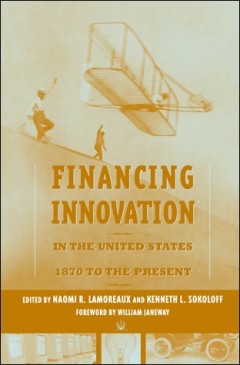
Financing Innovation in the United States, 1870 to Present
Leading economists and economic historians offer case studies and theoretical perspectives that fill a longstanding gap in the existing literature on technology-driven industrial development, discussing the interaction of finance and technological innovat.OCLC-licensed vendor bibliographic record.
- Edition
- -
- ISBN/ISSN
- 9780262277884
- Collation
- 1 online resource (1 volume)
- Series Title
- -
- Call Number
- -
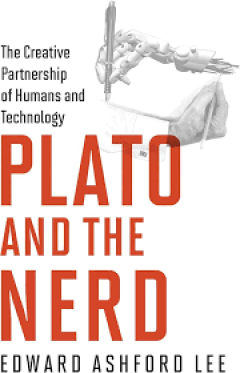
Plato and the nerd :the creative partnership of humans and technology
In this book, Edward Ashford Lee makes a bold claim: that the creators of digital technology have an unsurpassed medium for creativity. Technology has advanced to the point where progress seems limited not by physical constraints but the human imagination. Writing for both literate technologists and numerate humanists, Lee makes a case for engineering -- creating technology -- as a deeply intel…
- Edition
- -
- ISBN/ISSN
- 9780262341202
- Collation
- 1 online resource (xvi, 266 pages) :illustrations
- Series Title
- -
- Call Number
- -

The state of economics, the state of the world
Leading economists address the ongoing challenges to economics in theory and practice in a time of political and economic crises.OCLC-licensed vendor bibliographic record.
- Edition
- -
- ISBN/ISSN
- 9780262353472
- Collation
- 1 online resource (536 pages).
- Series Title
- -
- Call Number
- -
 Computer Science, Information & General Works
Computer Science, Information & General Works  Philosophy & Psychology
Philosophy & Psychology  Religion
Religion  Social Sciences
Social Sciences  Language
Language  Pure Science
Pure Science  Applied Sciences
Applied Sciences  Art & Recreation
Art & Recreation  Literature
Literature  History & Geography
History & Geography